
The DOGE Impact Tracker
The human toll of Trump-Musk's 'efficiency' initiative
Cuts Hit Florida Food Banks: ‘Our Families are Desperate’
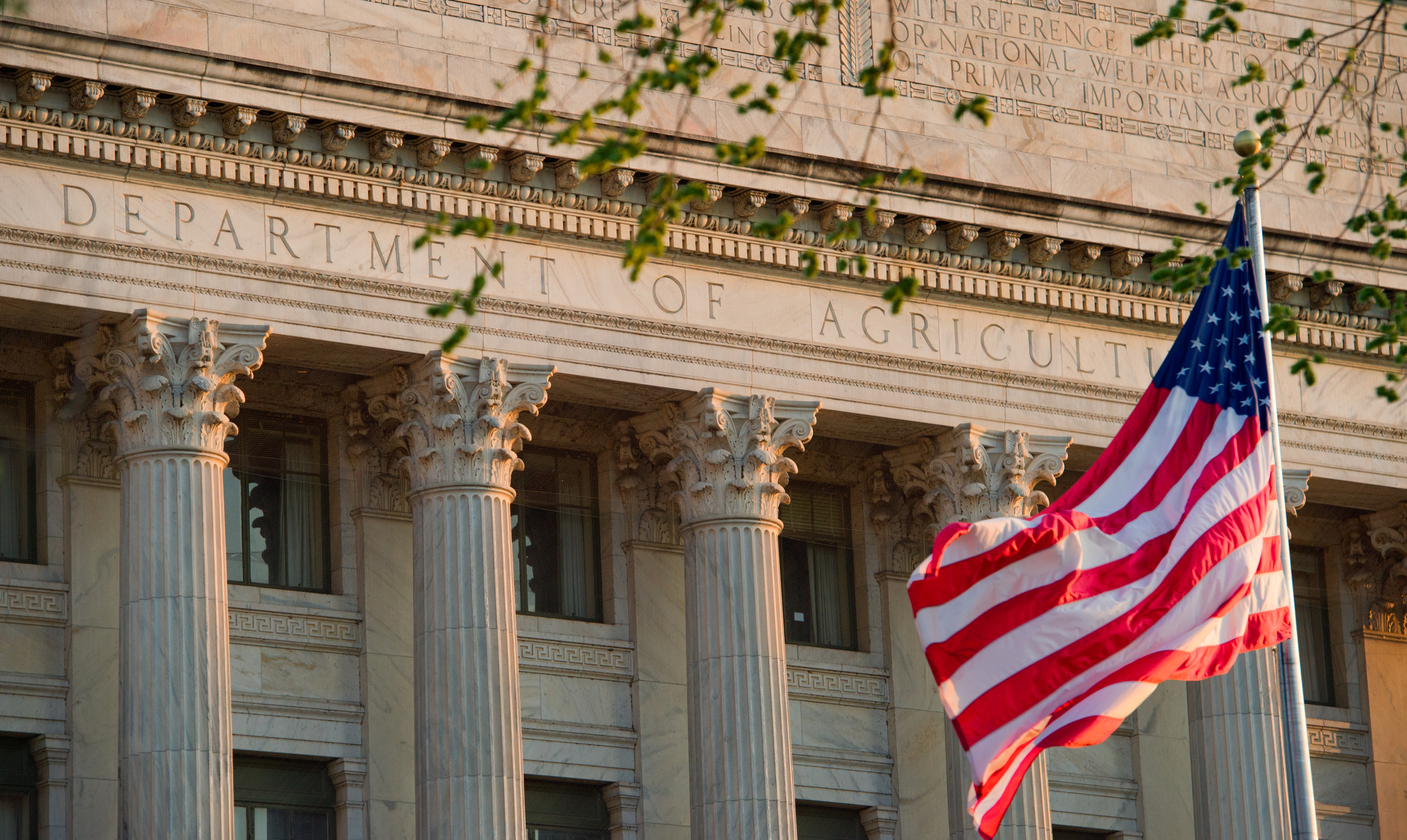
By cutting $1 billion in funding for U.S. Department of Agriculture programs that enabled schools and food banks to buy food directly from local farmers, DOGE is having an impact in South Florida, reports CBS News.
“We’ve been seeing empty racks since February,” Paco Velez, CEO of Feeding South Florida, told CBS News. “These cuts have really made an impact, not just on our ability to serve, but on the families’ ability to thrive in South Florida and across the country.”
For Feeding South Florida, the cuts amount to 40% of its $37 million annual budget.
“It’s an unfortunate situation, because we see that our families are desperate,” Velez said. “They’re coming in more frequently than they ever have. And we’re trying to maintain as much food as we can. But there is a little desperation.”
USDA Cuts Especially Hurt Small Farms in Iowa and Other Rural States
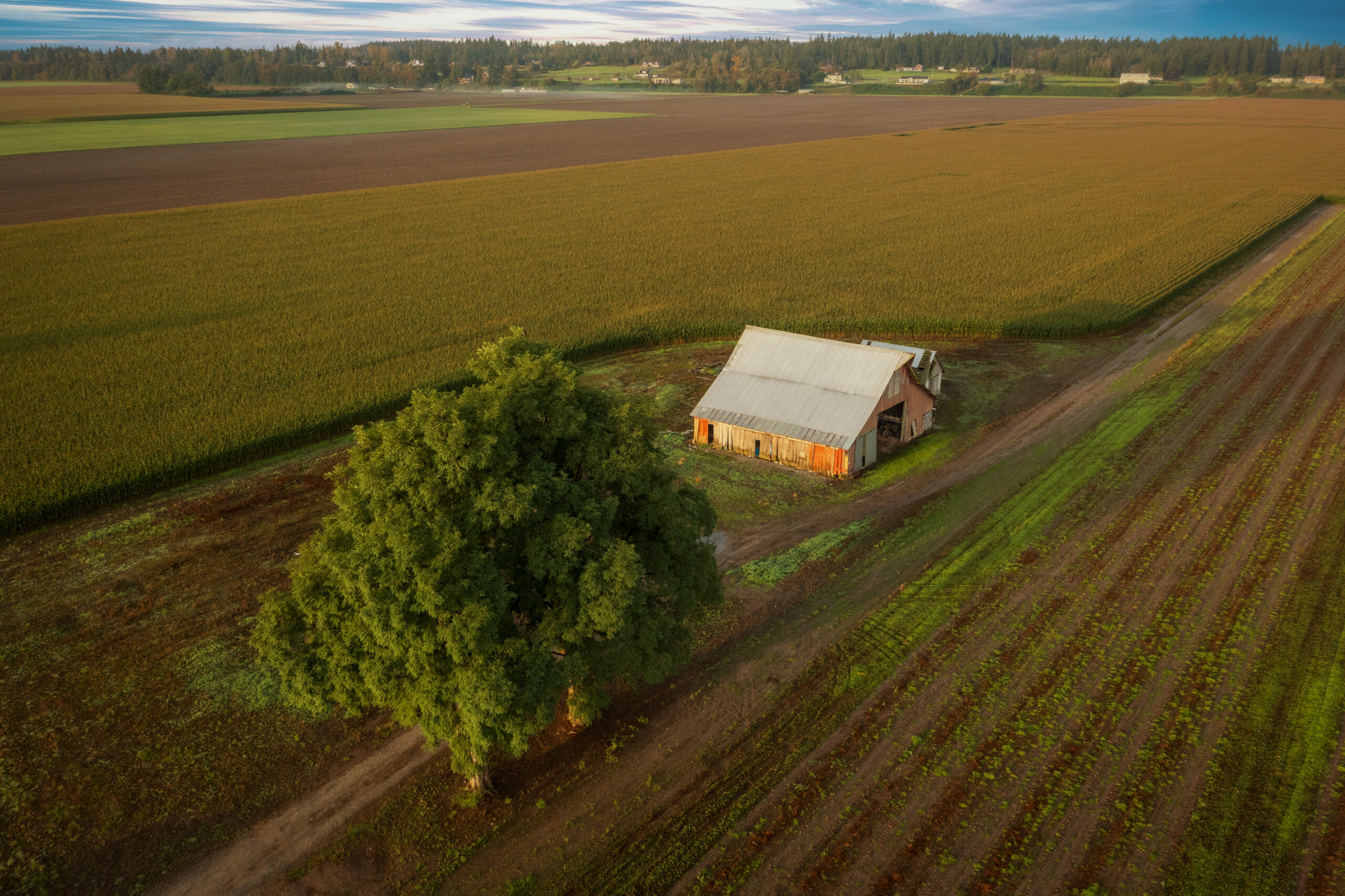
Anna Pesek saw a federal program supporting local food purchases as much more than a boost to her Iowa pork and poultry farm.
But now that the Trump administration has yanked the funding, she worries that rural economic boost might end too.
“With the razor-thin margins on both sides, those partnerships are just really hard, if not impossible, to sustain,” she said.
The co-owner of Over the Moon Farm, Pesek said her operation was never entirely reliant on the local food programs; it represented about 10% of her business. While she knew the federal money wouldn’t last forever, she was planning on the funding lasting through 2028 — but then the Trump administration last month nixed more than $1 billion for local food programs.
DOGE Cuts to USA Are Impacting Food Banks in Kansas
The USDA’s cuts to the Emergency Food Assistance Program [TFAP] is hurting food banks such as Harvesters in Kansas, reports KSNT News:
“This comes as Kansas food insecurity is the worst it’s been in a decade.”
Elizabeth Keever, the chief resource officer of Harvesters, told the station:
“This is food that would have otherwise gone directly into the hands of our neighbors and now is completely canceled. And we don’t know the status of it.
Last month, 18,500 neighbors received TFAP products in the region. Those folks this next upcoming month are going to have 30% less food to take home.”
USDA Cuts Impact Food Banks in Florida
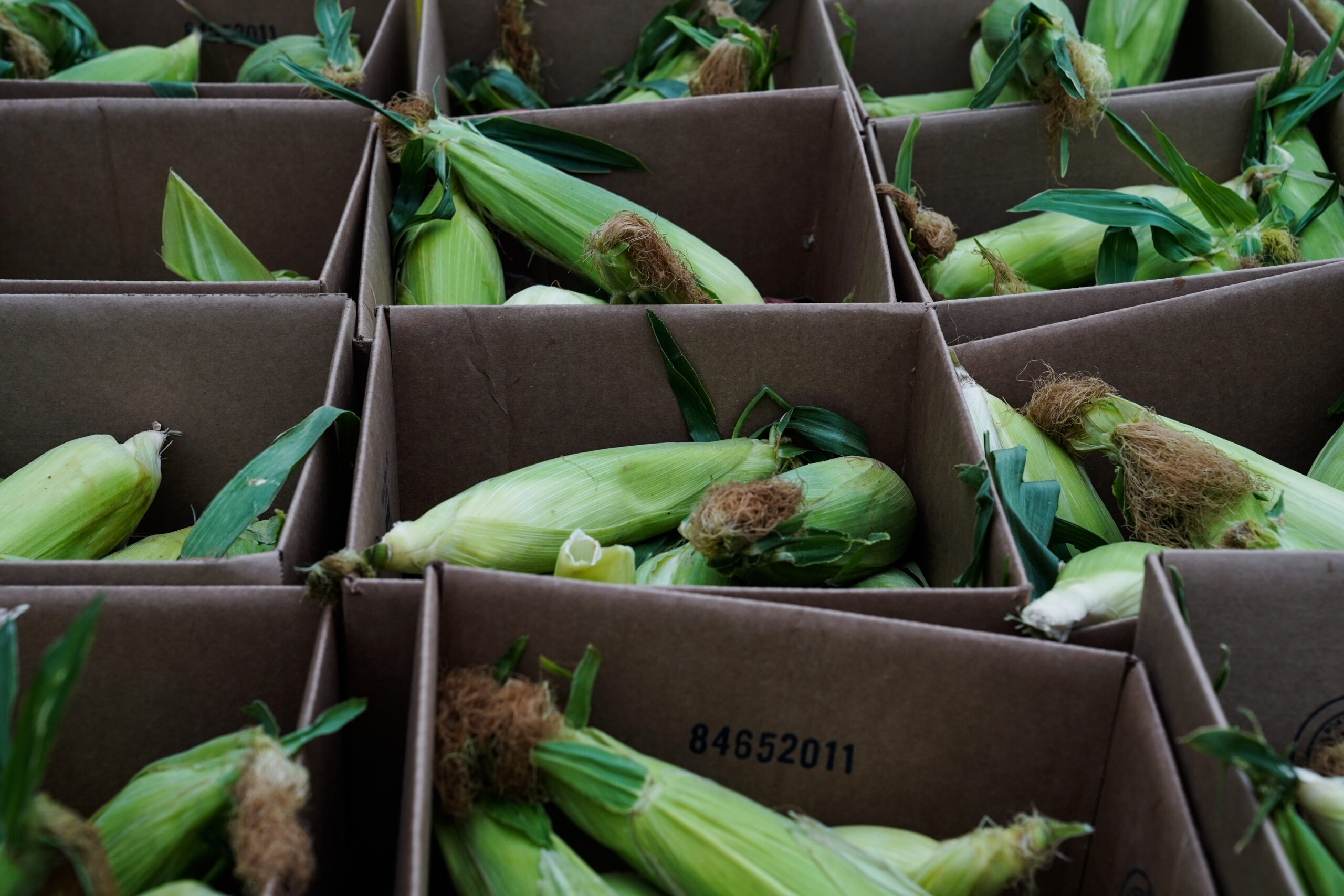
The U.S. Department of Agriculture’s termination of the Local Food Purchase Assistance program, which funded food banks across the country, will impact the Tampa Bay community, reports Fox 13.
Thomas Mantz, president of Feeding Tampa Bay, which supplies food to 350 community partners, tells the station that the program paid for about 4 million meals a year, a not insignificant share of the 100 million meals they serve annually:
The idea that there are less resources coming into the community to help those families is going to be difficult for us to manage.
We understand that decisions get made for a variety of reasons, but what we always want to make sure is that folks understand the impact of those decisions.
USDA Cuts Hit Food Banks Across the Country: ‘This Is Just the Tip of the Iceberg’
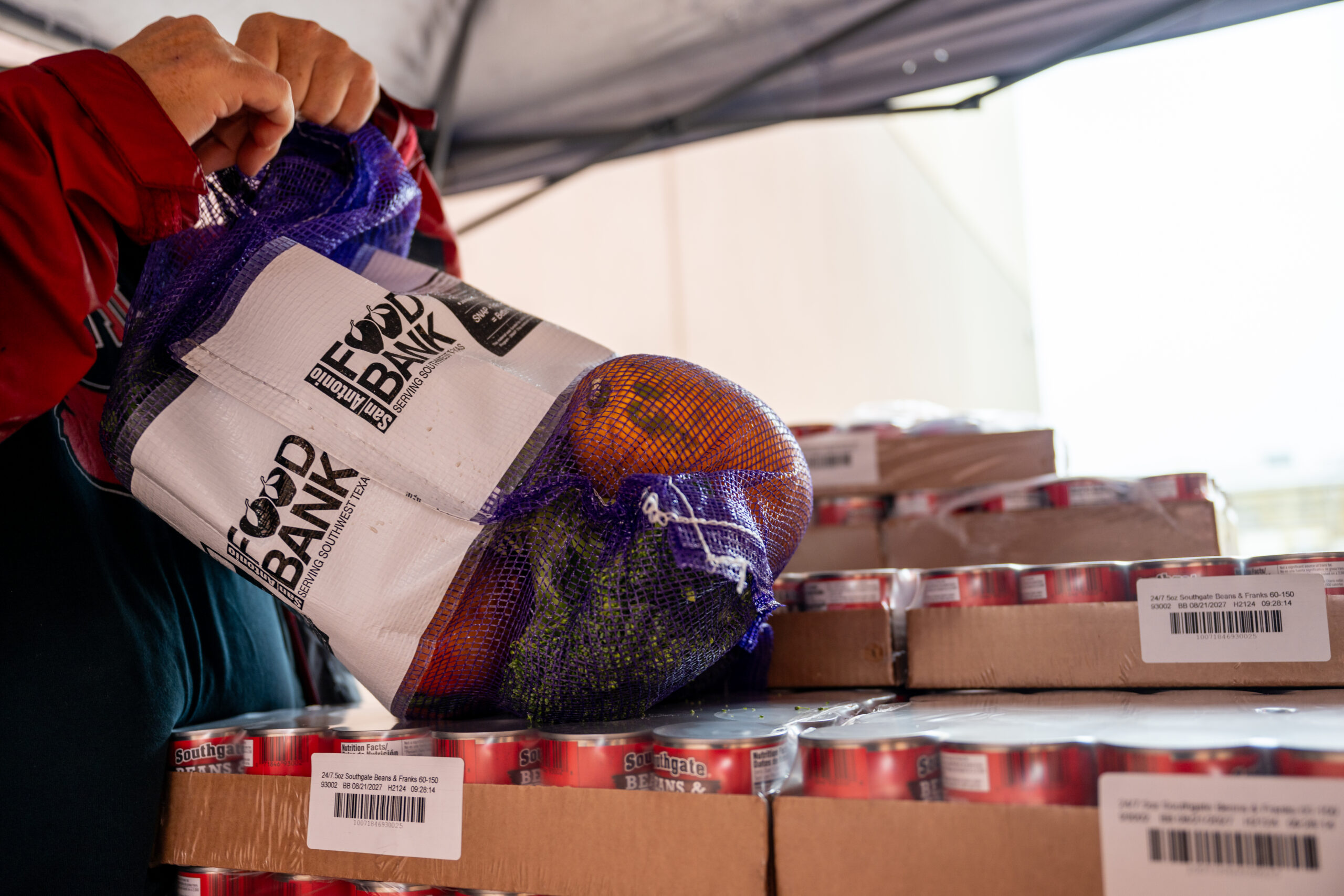
“I always tell people, ‘It’s gonna get worse before it gets better’ and people look at me like, ‘What do you mean? It can’t get any worse.’ Well, yeah, it can get worse, and this is just the tip of the iceberg.”
Mike Robinson is at his computer, assessing his inventory for the next three months at the food pantry he runs in Brazil, Indiana. The Clay County Emergency Food Pantry fed 33,000 families with 54,000 pounds of food last year, said Robinson.
He’s worried about the next six months due to U.S. Department of Agriculture cuts to food banks and food pantries around the country. “A lot of these pantries are not going to survive. We’re financially in good shape so far. But many of them survive week by week,” he told Capital & Main. Robinson is also concerned that the cuts are “going to affect farmers and meat producers and so many others in the community.”
So far, the USDA has cut more than $1 billion in assistance by ending two pandemic-era programs — $421 million for the Local Food Purchase Assistance Program, which enabled states to buy food from farmers and give it to groups that help communities in need, and $660 million for Local Food for Schools, which allowed states to buy food for schools and child care facilities. In addition, it halted $500 million in deliveries to food banks via the USDA’s Commodity Credit Corporation pending a review, the agency told CNN.
The impact is being felt across the country, challenging food banks already struggling to meet higher demand, with hunger rates increasing in recent years amid inflation and the end of pandemic-era assistance programs. In 2023, 13.5% of Americans said they struggled with food insecurity — the highest rate in nearly a decade.
Fishermen, Seafood Processors Who Count on Federal Funding Say It’s Frozen
Commercial fisherman and seafood processors in Maine say that federal funds they get for converting to more sustainable business models have been unavailable due to budget cuts.
Togue Brawn, owner of Dayboat Blue and who has worked in commercial fishing for over three decades, told the Associated Press that “she received a little more than half of a USDA grant of about $350,000 before learning the rest might not arrive.”
In a blog post, she wrote:
We launched the program in December 2024 and were just starting to promote it when I received some surprising news: After multiple unanswered inquiries into the status of the program, I was told last week that only those costs incurred on or before January 19th 2025 were being processed — never mind the contract that states otherwise. This means roughly $30,000 I’ve already spent and was expecting to be reimbursed for immediately is currently in limbo. I don’t know when or even if I’ll receive it, and I don’t know if I’ll receive any of the contractually-agreed-upon funds I’d counted on to promote Dayboat Blue.
Needless to say, this is a stressful situation. I’ve been able to borrow from my retired school teacher mother and I’m happy to say some of the regular customers from the bar I worked at until recently have also helped me out so I don’t have to lay off my employees (yet). It’s still stressful, but I’m going to turn a negative into a positive.
How DOGE Cuts at USDA and USAID Are Hurting Farmers: “Very Unsettling and Very Stressful”
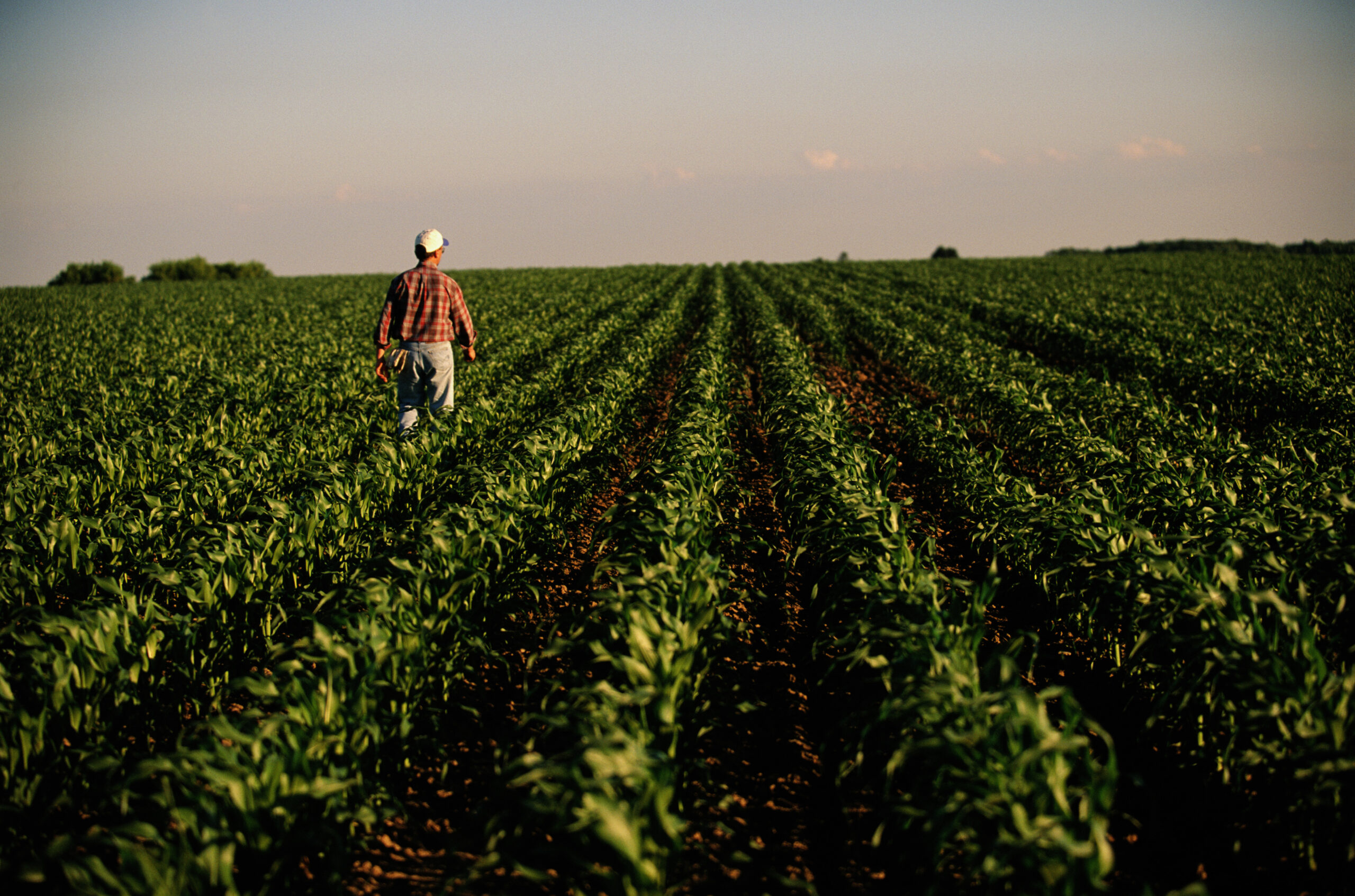
“It’s very unsettling and very stressful,” said Ben Palen, while driving his truck in rural Kansas. He’s a fifth-generation farmer whose family has been working the land since 1855. And he’s alarmed by the Trump administration’s recent cuts to programs at the U.S. Department of Agriculture and USAID.
In the last two months, the Department of Government Efficiency, led by billionaire Elon Musk, has eliminated USDA programs to encourage better conservation practices and the USAID’s Food for Peace program, which put money in the pockets of many farmers across the country.
“They get money from the government to reimburse them for certain conservation practices,” said Palen, whose family has a 15,000-acre farm that grows wheat and raises cattle. “The farmer puts up the money first and they expect to see it repaid. And right now, there’s a real question of whether they’ll be reimbursed. And they are pretty nervous.”
Most of the programs are aimed at changing irrigation practices to use less water, or to change farming programs to use less fertilizer and to keep a cover crop on the soil, Palen told Capital & Main. “They come out and give you advice on how to take care of the land, and that’s really valuable.”
He noted that the $2 billion Food for Peace program, which bought crops from farmers to feed the hungry around the world, “is a big market to lose, and the credibility of the U.S. is really coming into question around the world. People here and abroad have counted on this program.”
Wisconsin Farmers Hurt by Freeze on Grants From the USDA
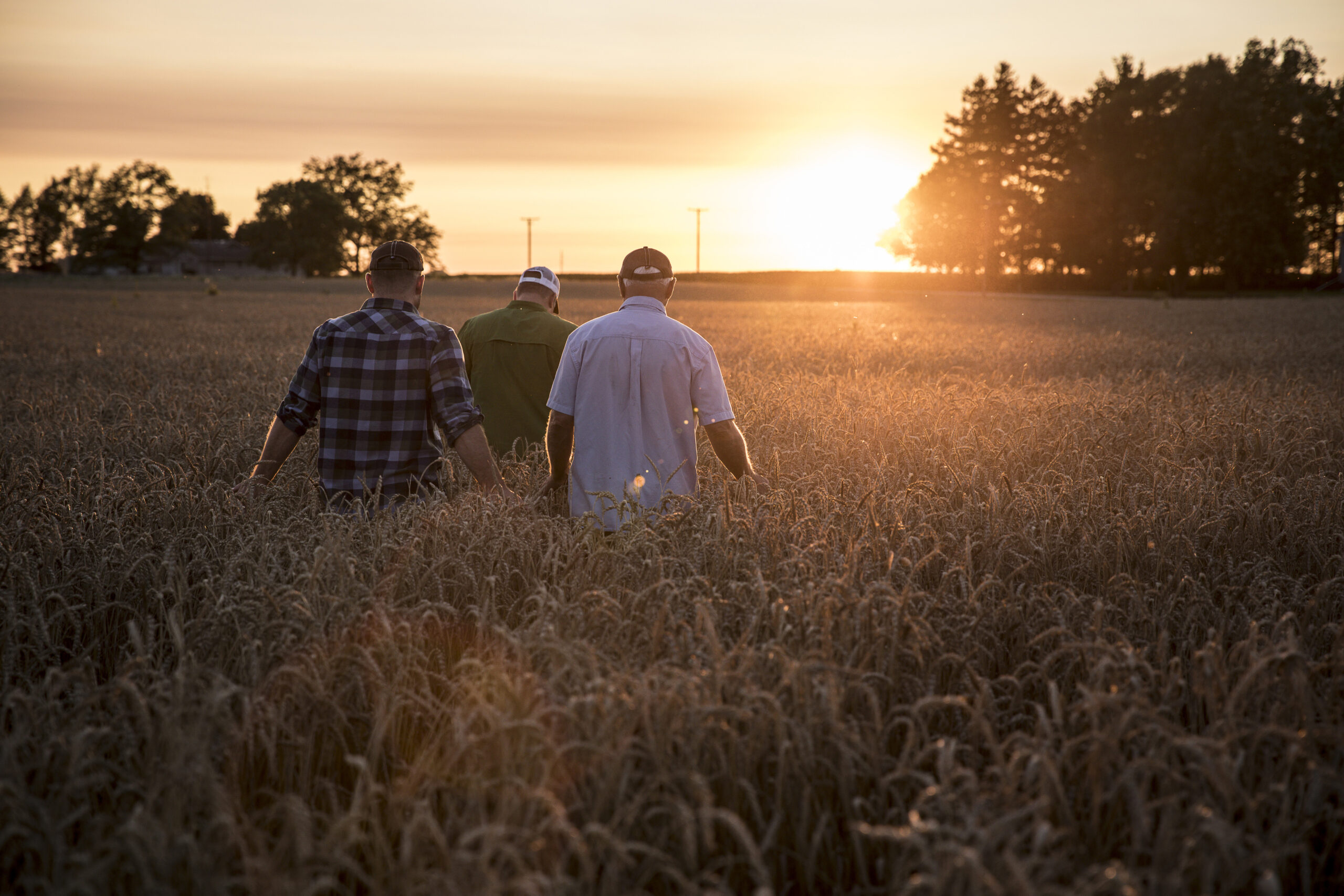
Cuts to grants at the USDA are impacting farmers, some of whom recently came out to a town hall in Hager City, Wisconsin, according to the Wisconsin Examiner:
Emmet Fisher, who runs a small dairy farm in Hager City, said during the town hall that he was struggling with the freeze that’s been put on federal spending, which affected grants he was set to receive through the U.S. Department of Agriculture (USDA).
Fisher told the Examiner his farm has participated in a USDA program to encourage better conservation practices on farms and that money has been frozen. He was also set to receive a rural energy assistance grant that would help him install solar panels on the farm — money that has also been held up.
The result, he said, is that he’s facing increased uncertainty in an already uncertain business.
“We get all our income from our farm, young family, young kids, a mortgage on the farm, and so, you know, things are kind of tight, and so we try to take advantage of anything that we can,” he said.
“[The] uncertainty seems really unnecessary and unfortunate, and it’s very stressful. You know, basically, we have no idea what we should be planning for. The reality is just that in farming already, you can only plan for so much when the weather and ecology and biology matter so much, and now to have all of these other unknowns, it makes planning pretty much impossible.”
